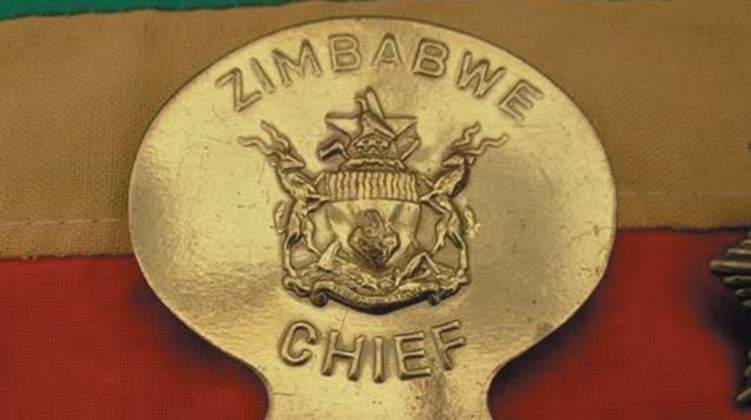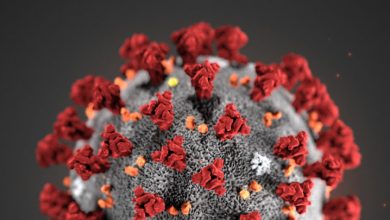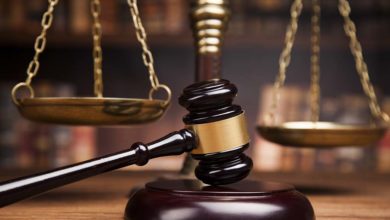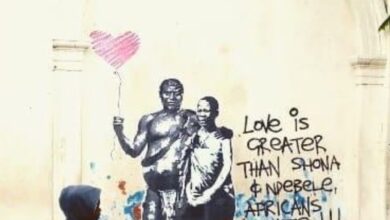Gwanda’s Rantasa chieftainship restoration stalls amid disputes

Attempts to restore the Rantasa chieftainship in Gwanda, which was abolished by the Rhodesian government in the 1950s, have stalled because of disputes, lack of supporting documentation, and the government’s temporary suspension of the restoration of chieftainships while the law is being realigned.
The Rantasa chieftainship is claimed by the Pepishi clan, currently led by Headman Pepishi, who asserts that the government blocked them because records indicate Pepishi was a headman rather than a chief.
Headman Pepishi claims his grandfather, Chief Rantasa used his birth name to identify his chieftaincy rather than the clan name ‘Pepishi’ and when he was demoted by the Rhodesian government, moved to Botswana, leaving his brother behind to be headman, now known as Headman Pepishi.
However, according to sources at the District Development Coordinator (DDC)’s office in Gwanda, there have been further complications after the government reportedly discovered the real heirs to the throne.
In an interview with CITE, Headman Pepishi, whose name is Trymore Nhari, said the Ministry of Local Government should do thorough investigations to determine who Chief Rantasa was.
“As it stands, they didn’t do ground research. They just looked at the documents they had and didn’t go to the ground. There are testimonies from the elderly who were present when Rantasa was chief and after his demotion left his blood brother as headman,” the current headman said.
Headman Pepishi stated Chief Rantasa was his grandfather and when he was demoted, his grief caused him to leave the area, while Chief Marupi was brought in by the Rhodesian government.
“Rantasa left his young brother Mthetelekwa to lead the group that remained behind and he became headman. Rantasa left his area crossing Shashe into Chief Mathe’s jurisdiction and went further westward into Botswana,” he said.
The current headman said when Mthetelekwa died, his father was appointed headman who after his own death appointed him as Headman Pepishi.
“We then went to the DDC last year to try and negotiate on how to restore chieftainship. The challenge is when Rantasa was ruling as a chief, he was using his birth name – Rantasa Thabana Nari not the clan name – Pepishi as he was known as Chief Rantasa. When his blood brother assumed headmanship, he started using the clan name Pepishi known up to today,” he said.
“We also wrote a letter to the DDC in October 2023 who called me saying our letter was incorrect as we should say, ‘we want to resuscitate the chieftainship of Pepishi, not resuscitate Rantasa’s chieftainship, which was demoted.’ We wrote another letter fixing that but the government wrote back syaing Pepishi never assumed the role of being a chief. That’s where we are having a bone contention.”
Headman Pepishi said he also submitted testimonies and recordings of elderly people who testified about Chief Rantasa to the DDC.
The letter from then acting Gwanda DDC denying the Pepishi clan chieftainship stated they “never assumed any chieftainship but assumed the headman’s post under Chief Marupi in 1951 when Chief Rantasa was downgraded and left the area to Shashi block with his followers.”
The DDC also cited two documents, one dated 4 September 1953 written by the Native Commissioner in Gwanda to the Provincial Native Commissioner of Matabeleland South seeking authority to appoint Pepishi as a headman under Chief Marupi.
Another source is dated 19 October 1953 from the Native Commissioner and the Native Provincial Commissioner on the appointment of Pepishi as headman.
According to sources in the DDC’s office, there were two headmen under Chief Marupi: Headman Rantasa and Headman Pepishi.
“Records show that the other headman Rantasa was a chief and these two headmen are closely related to Chief Marupi. When Chief Rantasa was demoted, he refused to exist under Chief Marupi and opted to move away leaving a certain group of people in that area,” said the source requesting anonymity fearing victimisation.
“This group left behind are the very people where a headman called Pepishi was assigned by Chief Rantasa to remain behind looking after them. This man then became the headman.”
According to the source: “The chieftainship was not for the Pepishi clan but is for the Rantasa family. It is the Rantasa family who chose this man Pepishi to remain and was given responsibility as headman of that group.”
The source said claims that Rantasa was using his birth name rather than Pepishi were not appearing in their records.
“What is actually coming out is the family that took the Rantasa name, moved to another area called Thuli Block around Mashaba area where they settled and continued to rule as headman as per the demotion given to them by the Whites. It is the very group that now can talk about being downgraded to headman.”
The source noted that the DDC’s office was working with this family to restore the Rantasa Chieftainship.
“The Pepitshi are not the claimants to the chieftainship according to records we have,” said the source who added the DDC had started the restoration process but received communication from their head office to stop all resuscitations of chiefs pending the realignment of the law.
“We were doing all the necessary preliminary research to prove Headman Rantasa once existed as a chief and we have a lot of evidence pointing to that.”
Should there be a potential dispute regarding the Rantasa Chieftainship, the source said the DDC’s office would hand the matter to the National Council of Chiefs to trace the correct lineage.
Reached for comment, Gwanda DDC, Noma Ndlovu, said chieftainships were “very sensitive” and could not comment about such matters over the phone.
“Come to the office then we can talk where I can refer to files in the office. You may write something that the family doesn’t know, which may cause problems. There is a response that we gave to the Rantasa family regarding that chieftainship, maybe they haven’t received that yet,” said the DDC.






